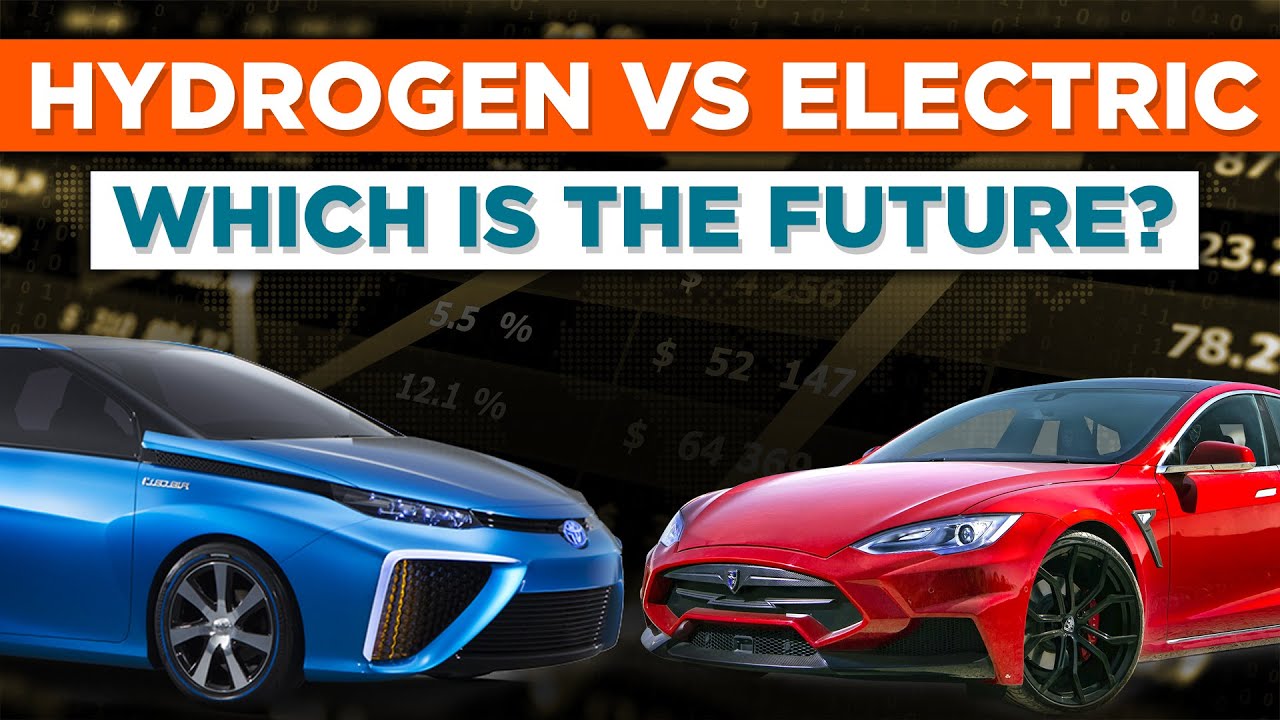Electric Vs. Hydrogen Buses: The European Public Transport Choice

Table of Contents
The transition to sustainable public transport is crucial for Europe's environmental goals. Two frontrunners in this green revolution are electric and hydrogen buses. This article compares these technologies, analyzing their environmental impact, infrastructure needs, operational efficiency, and technological maturity to help determine the optimal path for European cities.
Environmental Impact: Emissions and Sustainability
-
Electric Bus Emissions: Electric buses dramatically reduce greenhouse gas emissions compared to diesel. While tailpipe emissions are negligible, a comprehensive lifecycle assessment is necessary. This includes emissions from battery production (using materials like lithium and cobalt), and the electricity source used for charging. Using renewable energy sources like solar or wind power minimizes the overall carbon footprint.
- Lower greenhouse gas emissions compared to diesel buses.
- Significant dependence on renewable energy sources for minimal environmental impact.
- Concerns regarding battery production and disposal need to be addressed.
-
Hydrogen Bus Emissions: Hydrogen buses have the potential for zero tailpipe emissions, provided green hydrogen (produced via renewable energy-powered electrolysis) is used. However, current hydrogen production often relies on fossil fuels, leading to significant emissions. The well-to-wheel emissions—considering the entire production and usage cycle—are therefore critical.
- Potential for zero tailpipe emissions with green hydrogen.
- Rely on clean hydrogen production methods (e.g., electrolysis powered by renewables).
- Challenges in achieving truly green hydrogen production at scale.
Infrastructure Requirements and Costs
-
Electric Bus Infrastructure: Widespread electric bus adoption requires significant investment in charging infrastructure. This includes: installing sufficient charging stations (both fast and slow chargers), upgrading grid capacity to manage increased energy demands, and addressing potential grid instability issues.
- Cost of installing and maintaining charging stations.
- Potential grid capacity upgrades and associated costs.
- Need for smart grid management to optimize charging and prevent overloads.
-
Hydrogen Bus Infrastructure: The infrastructure for hydrogen buses is even more challenging and expensive. A network of hydrogen production facilities (using renewable sources), storage facilities (often requiring specialized high-pressure tanks), and refueling stations needs to be established.
- High initial investment for hydrogen production and refueling infrastructure.
- Challenges in safe and efficient hydrogen storage and transportation.
- Lack of widespread refueling infrastructure currently limits deployment.
Operational Performance and Economics
-
Electric Bus Operational Costs: Electric buses generally have lower running costs than diesel buses due to cheaper electricity compared to diesel fuel. However, battery lifespan, charging times (which can impact service frequency), and range limitations need consideration. Battery replacement costs can be substantial over the bus's lifetime.
- Lower running costs compared to diesel buses.
- Potential for higher maintenance costs due to battery degradation.
- Range limitations might require strategic route planning.
-
Hydrogen Bus Operational Costs: Currently, hydrogen fuel costs are higher than electricity, impacting the operational economics. Fuel cell durability, refueling times, and hydrogen storage capacity are also important factors to assess. While hydrogen buses offer the potential for longer ranges and quicker refueling than electric buses, these benefits need to be weighed against the increased fuel costs.
- Currently higher fuel costs compared to electric buses.
- Potential for longer range and faster refueling times.
- Long-term durability and reliability of fuel cells are crucial.
Technological Maturity and Public Acceptance
-
Electric Bus Technology: Electric bus technology is mature, widely available, and backed by extensive experience and deployment. Integrating electric buses into existing public transport systems is relatively straightforward.
- Widely available technology with proven performance.
- Easier integration into existing public transport systems.
- Established supply chains and manufacturing capabilities.
-
Hydrogen Bus Technology: Hydrogen bus technology is still developing. Fuel cell reliability and durability require further improvement. Addressing public safety concerns surrounding hydrogen storage and handling is critical for wider acceptance.
- Requires further technological advancements to enhance reliability and reduce costs.
- Public perception and safety concerns need to be addressed through education and improved safety protocols.
- Technological advancements needed to improve fuel cell lifespan and performance.
Choosing the Right Path for European Public Transport – A Balanced Approach
The choice between electric and hydrogen buses isn't straightforward. Both offer environmental advantages over diesel, but their infrastructure needs, operating characteristics, and economics differ significantly. A balanced approach, considering local conditions and prioritizing renewable energy sources for both technologies, is crucial. Continued research and development, along with strategic infrastructure investments, are vital for shaping the future of sustainable European public transport. Carefully consider the pros and cons of both electric buses and hydrogen buses when planning your city's sustainable transportation future.

Featured Posts
-
 Julius Randle Overcoming The Odds
May 07, 2025
Julius Randle Overcoming The Odds
May 07, 2025 -
 The Underrated Role Of Middle Managers Driving Productivity And Engagement
May 07, 2025
The Underrated Role Of Middle Managers Driving Productivity And Engagement
May 07, 2025 -
 Albwlysaryw Tfasyl Jdydt Hwl Waqet Iyqaf Altyar Alajnby
May 07, 2025
Albwlysaryw Tfasyl Jdydt Hwl Waqet Iyqaf Altyar Alajnby
May 07, 2025 -
 South Harrison Ffas Outstanding Agricultural Program A Four Year Legacy
May 07, 2025
South Harrison Ffas Outstanding Agricultural Program A Four Year Legacy
May 07, 2025 -
 Play Station 5 Pro Teardown Examining The Advanced Technology Inside
May 07, 2025
Play Station 5 Pro Teardown Examining The Advanced Technology Inside
May 07, 2025
